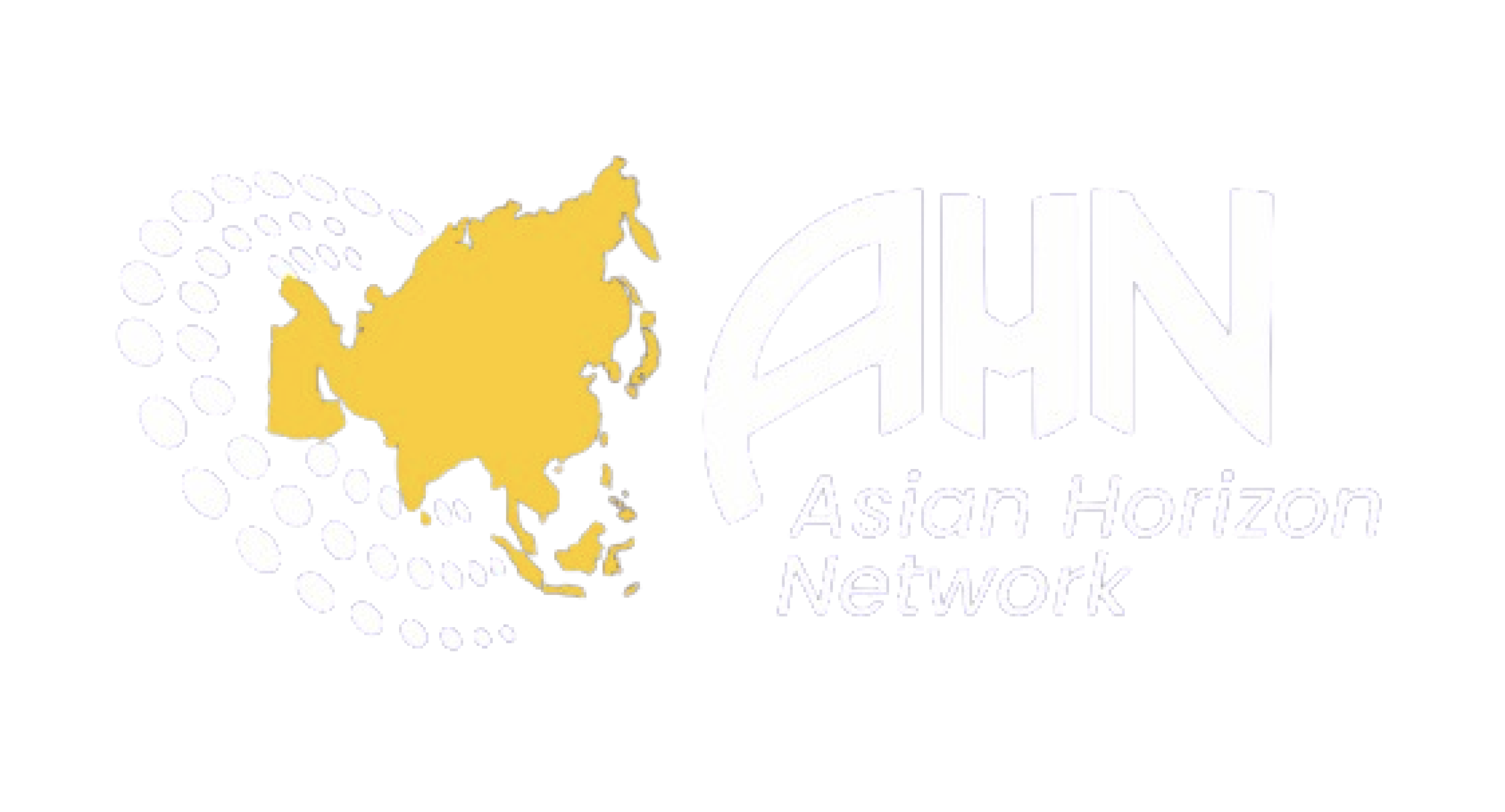News
Centre slams 'X' for calling 'Sahyog' a censorship tool, defends IT Act

The central government has strongly opposed social media platform X's claim that the 'Sahyog' portal functions as a censorship tool, calling the allegation both unfortunate and unacceptable. In a detailed response submitted to the Karnataka High Court, the Centre refuted the arguments made by X Corp in its petition challenging India's information-blocking framework. It argued that X had misinterpreted the provisions of the Information Technology (IT) Act, particularly Sections 69A and 79(3)(b).
X Corp contended that Section 79(3)(b) does not grant the government the authority to issue content-blocking orders in a way that bypasses the safeguards outlined in Section 69A, its related blocking rules, and the Supreme Court's ruling in the Shreya Singhal case. However, the government maintained that Section 69A explicitly empowers it to issue blocking orders under specific conditions while ensuring multiple safeguards for restricting online content.
The government clarified that Section 69A is distinct from Section 79(3)(b), which merely requires intermediaries to fulfill due diligence obligations when notified by authorised agencies. Section 79 does not provide the authority to issue blocking orders but rather informs intermediaries of their responsibilities. If they fail to comply, they risk losing safe harbor protections and facing legal consequences under Rule 7 of the IT Rules, 2021.
The Centre further argued that while Section 69A allows the government to block access to information with legal consequences for non-compliance, Section 79 only defines the conditions under which intermediaries can claim safe harbor protections. It stated that X Corp had wrongly equated blocking orders under Section 69A with notices issued under Section 79(3)(b), despite the Supreme Court having previously distinguished between the two in the Shreya Singhal case.
Defending the Sahyog portal, the government described it as a structured mechanism aimed at improving coordination between intermediaries and law enforcement agencies. It asserted that the portal facilitates the swift removal of unlawful online content and benefits both intermediaries and investigative bodies.
Labeling Sahyog as a censorship tool is misleading, the Centre argued, adding that by doing so, X is misrepresenting itself as a content creator rather than an intermediary. Such a claim from a global platform is deeply regrettable and unacceptable, the statement added. The government also highlighted that X, as a foreign commercial entity, has no inherent right to host or defend third-party content on its platform. It pointed out that in a previous case filed by Twitter, the Karnataka High Court had ruled that Articles 19 and 21 of the Indian Constitution do not apply to the company.
With its latest submission, the Centre reaffirmed that India’s legal framework for information blocking is well-defined and distinct, rejecting accusations of government overreach. According to its official website, the 'Sahyog' portal was created to automate the process of sending notices to intermediaries under the IT Act, 2000, enabling the removal or disabling of access to any information, data, or communication link used to commit unlawful acts.
Disclaimer: This image is taken from Shutterstock.



